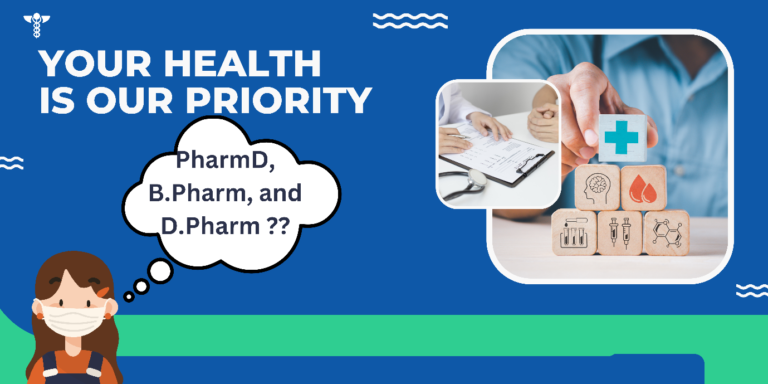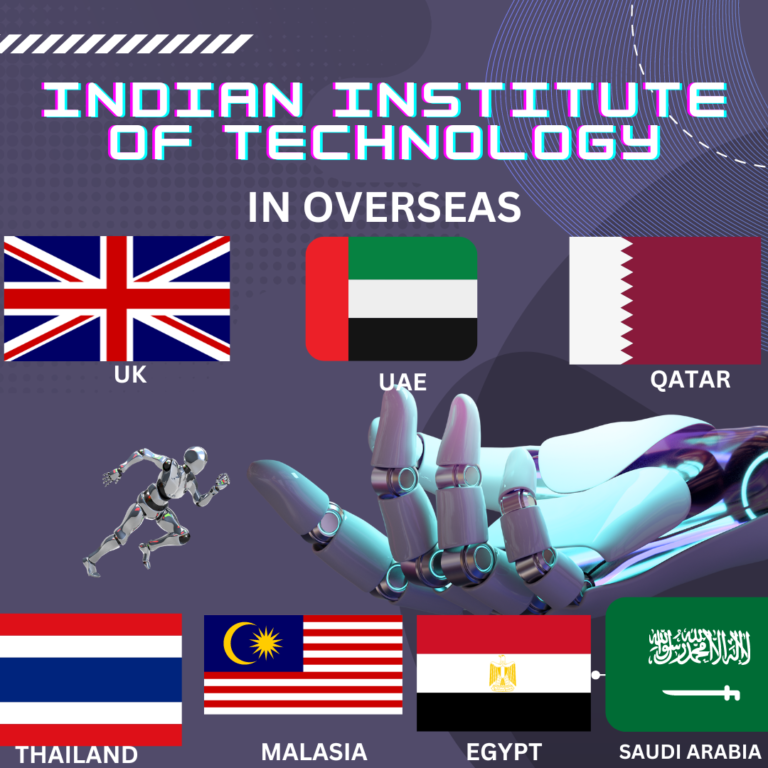Online learning has expanded exponentially in the recent years because of Covid-19. Without this , a complete shift might have been very difficult in the future. Online course evaluations are helpful in measuring a student’s knowledge. Replacing pen and paper, which almost seems redundant now, by conducting online exams seems to be the best option for schools and colleges now. With the advancement in technology, complete elimination of cheating could also be achieved. Online education has become the preferred mode of education. Examinations have long been a cornerstone of education, acting as a benchmark to evaluate learning and comprehension. However, the landscape of exams has witnessed a significant shift in recent years with the advent of digitalization. The move from traditional pen-and-paper tests to digital exams presents both challenges and opportunities that demand attention and adaptation within the educational sphere. As the coin has 2 faces, heads and tails, in the same way, digitalization also has 2 faces – challenges and opportunities.

Challenges
• Security Concerns
Maintaining the integrity of exams in a digital environment poses significant challenges. Preventing cheating and ensuring a secure testing environment are constant concerns. Techniques like remote proctoring and plagiarism detection tools are being employed, but they often face ethical and technical challenges.
• Technological Infrastructure
Reliable technological infrastructure is essential for successful digital exams. Institutions need to invest in robust systems that can handle large volumes of users simultaneously without glitches or interruptions. Technical failures during exams can lead to disruptions and unfair outcomes.
• Unfair means
Students try ingenious means to outwit cheating prevention mechanisms of online examination tools. These unique approaches involve screen sharing/ mirroring, using hi-tech devices, such as microphones, purposefully logging off from tests, and disconnecting from the internet repeatedly to restart their tests
Opportunities
• Flexibility and Accessibility
Digital exams offer flexibility in terms of time and location. They enable remote testing, allowing students to take exams from anywhere with internet access, accommodating diverse learning styles and needs. This flexibility also extends to differently-abled students, providing them with customised exam environments.
• Cost and Environmental Impact
Transitioning to digital exams can significantly reduce the cost of printing and distributing paper-based tests. Moreover, it contributes to environmental sustainability by minimizing paper waste. Digital assessments align with eco-friendly practices, reducing the carbon footprint of educational institutions.
The government skilling bodies can actively partner with private, non-profit, and non-government organizations that offer training and learning and assessments to test and train teachers in digital readiness, helping them transition to online education processes.
The digitalization of exams presents a transformative shift in educational assessment paradigms, offering both challenges and opportunities. Overcoming barriers related to access, security, and technology infrastructure is crucial to ensure a fair and efficient examination system. Embracing the flexibility, enhanced assessment methods, cost-effectiveness, and data-driven insights that digital exams offer can revolutionise the way we evaluate learning outcomes.















